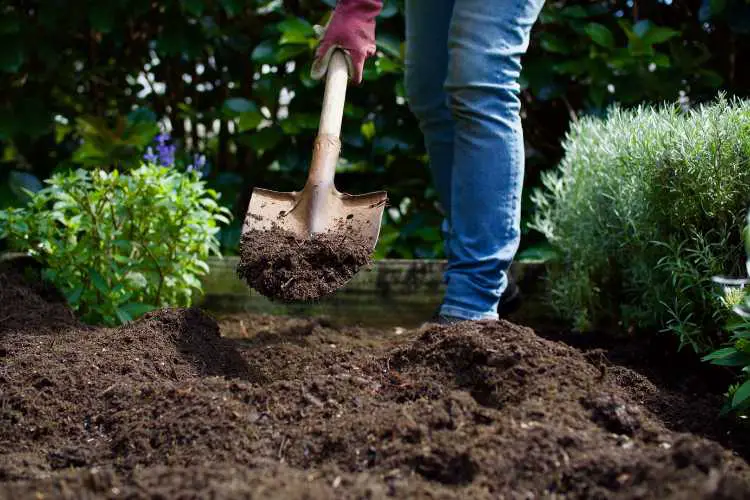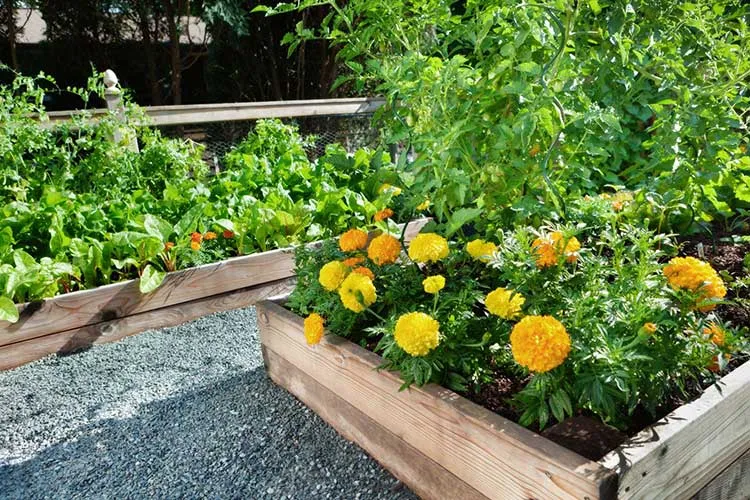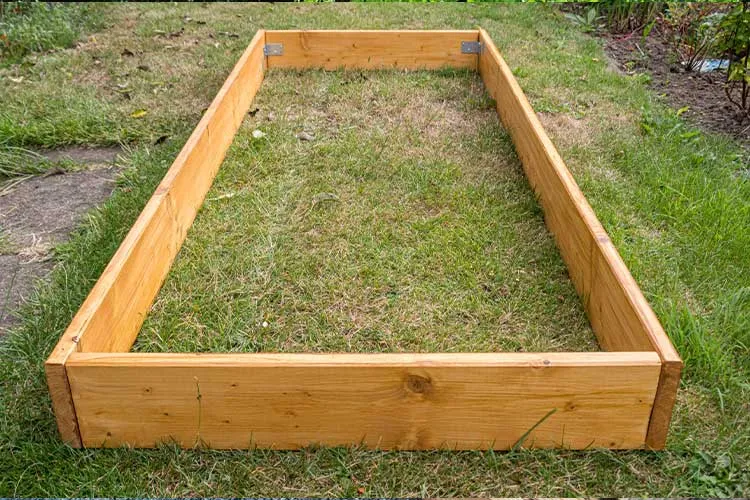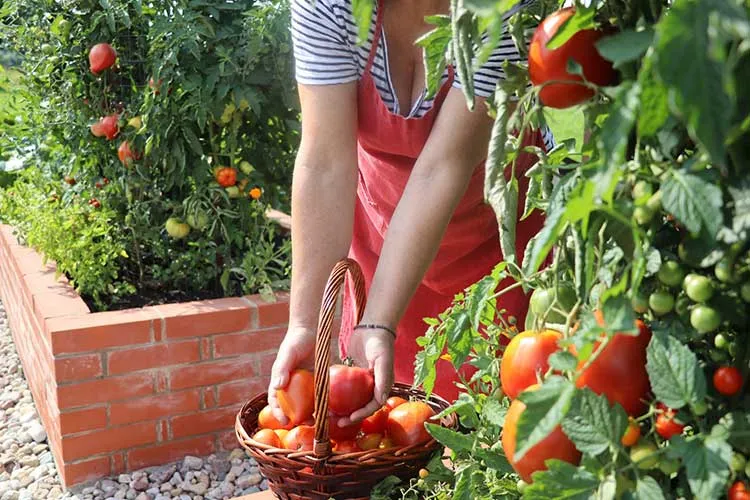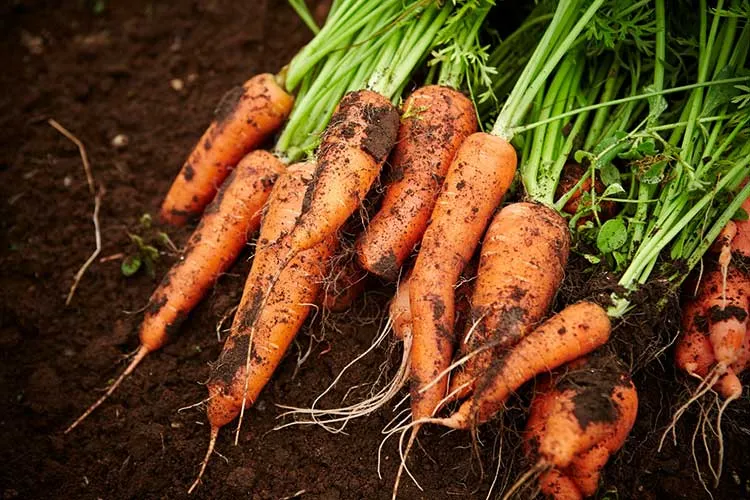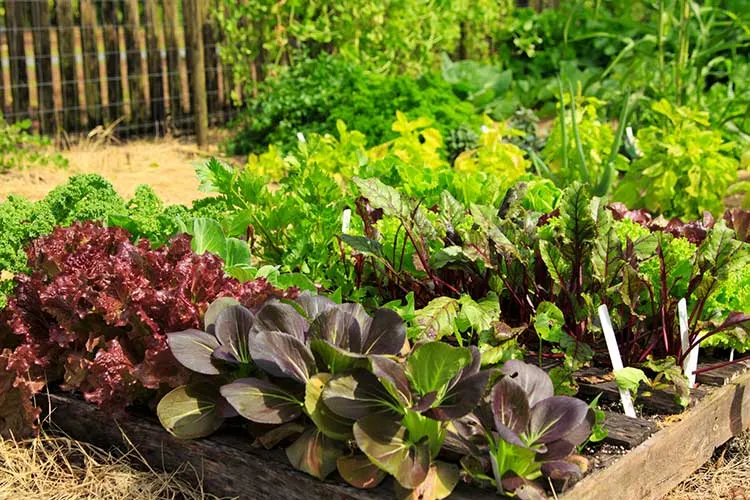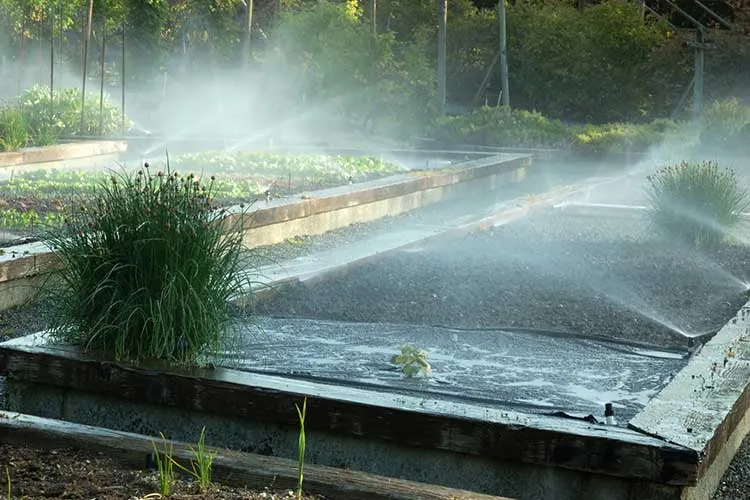If you’re wondering how to fill raised planter boxes for healthy, productive plants, here’s the truth: what you put inside matters more than the box itself. Poor soil can cause 70% of garden failures, leading to weak growth, pests, and low yields. Raised boxes give you control, but roots can suffocate or starve without the right soil mix.
Whether you’ve had disappointing harvests or are setting up new beds, this guide shows you how to build the perfect soil from the ground up. With the right balance of nutrients, drainage, and depth, your plants will grow stronger, faster, and healthier. Stop wasting time and money on guesswork—get the soil right, and the rest falls into place.
Why Soil Health Matters in Raised Planter Boxes
Your soil type makes a big difference when figuring out how to fill raised planter boxes. Healthy soil gives plants the nutrients and structure they need to grow strong and productive. Without it, even the sunniest spot and best watering routine won’t yield the lush harvest you’re hoping for.
Poor soil can lead to problems like compaction, where the soil gets too dense for roots to spread. This stops water from soaking in properly and can suffocate plants. Another issue is nutrient depletion, which happens when the same crops pull out the same minerals season after season. Over time, your plants might show weak growth, pale leaves, or low yields.
In raised planter boxes, you’re in full control of the soil mix, which gives you a big advantage. You can create a loose, nutrient-rich environment from the start, designed to support whatever you want to grow. Whether planting tomatoes, herbs, or flowers, healthy soil is the foundation for success.
Best Soil Composition for Raised Planter Boxes
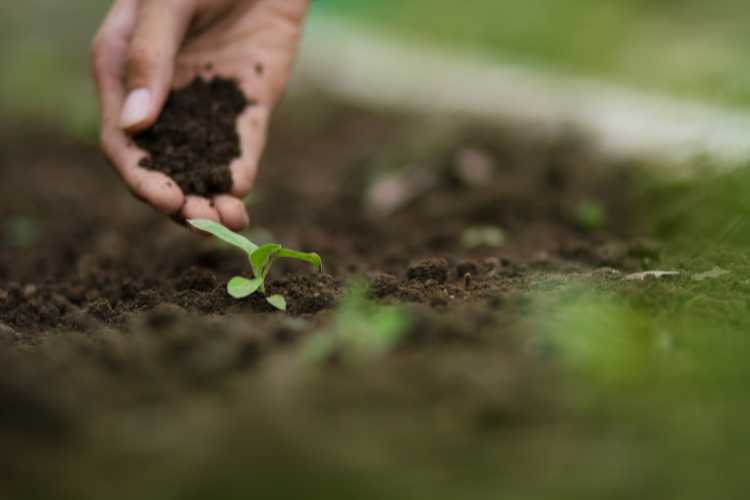
When filling raised planter boxes, getting the right soil mix is key. A balanced blend feeds your plants, lets water drain well, and gives roots the needed air. One simple recipe works for most raised beds: 40% topsoil, 40% compost, and 20% aeration material.
Topsoil forms the base of the mix. It provides structure and holds moisture, but it can get compacted independently. Compost is the real powerhouse here, packing in organic matter and nutrients. It helps feed your plants and supports beneficial microbes that break down materials into food for roots. Aim for well-aged compost, whether from your pile or purchased.
The final 20% should come from materials that boost drainage and aeration. Perlite and vermiculite are common picks—both are lightweight and help keep the soil fluffy. Coarse sand also works for a more budget-friendly option, especially in larger beds. Mixing these keeps water from pooling around roots while holding enough moisture to keep plants hydrated.
This 40-40-20 blend works well for most vegetables, herbs, and flowers. It balances nutrient density, drainage, and root space, giving your plants the best chance to thrive.
Layering Techniques: Building from the Bottom Up
While mixing soil is important, how you fill the planter box also plays a big role. A layering technique— called the lasagna method—helps improve drainage and root health. Instead of dumping soil straight in, you build it up in layers like stacking ingredients in a casserole.
Start with a bottom layer of coarse materials. Small branches, sticks, or even broken twigs work well here. This base layer creates air pockets and helps excess water drain away from the root zone. It’s especially helpful if your raised planter box sits directly on compacted ground or a patio.
Next comes a middle layer of organic matter. This could be leaves, grass clippings, or straw—materials that break down over time. As they decompose, they add nutrients and improve the soil’s texture. Plus, they create a buffer between the drainage layer and your planting soil.
Finally, top it all off with your prepared soil mix—the 40% topsoil, 40% compost, and 20% aeration blend. This is where your plants will grow and where roots will spread. The layered approach keeps water moving smoothly through the box while giving roots the support they need.
Choosing the Right Organic Matter and Amendments
Filling your raised planter boxes with the right soil mix is just the start. To keep your plants healthy and productive, it helps to boost the soil with organic matter and amendments that meet specific needs. Compost is the go-to choice for enriching the soil. You can use homemade compost from kitchen scraps and yard waste, or pick up mushroom compost or worm castings from a local garden center. Worm castings, particularly, are loaded with beneficial microbes and nutrients that plants love.
Sometimes, though, your plants need an extra nudge. That’s where amendments come in. If your plants are slow to flower or fruit, they might need more phosphorus. Bone meal is a great natural source—sprinkle it into the soil before planting. For leafy greens that seem pale or sluggish, adding blood meal can give them a nitrogen boost. It’s fast-acting and helps promote lush, green growth.
If you notice your plants struggling with nutrient uptake or if your soil is too acidic, adding garden lime can help balance the pH. Lime makes the soil less acidic, creating a friendlier environment for most vegetables and herbs.
Mix these amendments well into the soil before planting in the spring. Each one serves a different purpose, so knowing your plants’ needs will help you choose the right mix and keep your raised planter boxes thriving.
Soil Depth: Matching Soil Levels to Plant Needs
Not all plants need the same amount of soil, and filling your raised planter boxes to the right depth can significantly affect how well your garden grows. Shallow-rooted plants like lettuce, spinach, and other leafy greens grow in 6 to 8 inches of soil. This is enough space for their roots to spread out and access water without wasting materials on deeper layers they won’t use.
For medium-rooted plants, such as peppers, bush beans, and herbs, aim for 10 to 12 inches of soil depth. This gives their roots more room to anchor and search for nutrients, helping them grow sturdy and productive.
Deep-rooted vegetables like tomatoes, carrots, and potatoes need more commitment. These plants prefer 18 to 24 inches of soil, allowing their roots to stretch and develop fully. If your raised planter boxes are shorter, you can build them higher with additional boards or make taller pre-made boxes.
Adjusting the height of your planter boxes to fit your growing needs keeps your plants healthier and makes the best use of soil and amendments. It’s a simple step that helps ensure every plant has enough space to thrive.
Moisture Management: Ensuring Proper Drainage and Retention
Getting the water balance right is as important as choosing the right soil when filling your raised planter boxes. Too much water and roots can rot; too little and plants struggle to take up nutrients. The key is to find that sweet spot where the soil holds enough moisture without becoming soggy.
Your soil mix plays a big role here. The 40% compost and 20% aeration materials—like perlite or coarse sand—help the soil retain moisture while allowing extra water to drain. This prevents water from pooling at the bottom of the box, which can lead to root rot.
Once you’ve planted, adding a layer of mulch on top helps even more. Mulch keeps moisture from evaporating too quickly, especially during hot summer days. You can use straw, shredded leaves, or wood chips as mulch. Spread it about 1 to 2 inches thick, keeping it away from plant stems to avoid rot.
To prevent waterlogging, check how quickly water drains after watering. If puddles linger too long, consider adding more aeration material or checking that the bottom layer of coarse materials hasn’t compacted. With attention, you can keep the moisture levels and your plants happy.
Replenishing Soil Health Season After Season

Even the best soil mix needs a little care to stay productive year after year. After a growing season, plants will have pulled out nutrients, and the soil can become compacted or depleted. But with a few simple steps, you can refresh your raised planter boxes and keep your garden thriving.
Each year, start by top-dressing the soil with a few inches of compost. Just spread it over the top and gently work it into the upper layer of soil. This adds back organic matter and nutrients without the need to replace everything. Compost helps restore what plants took out and keeps the soil structure loose and airy.
Rotating your crops is another smart move. Switching up what you plant in each box helps prevent pests and diseases from building up in the soil. For example, follow tomatoes with leafy greens or root vegetables the next season. This breaks the cycle of nutrient depletion and pest problems.
During the off-season, consider planting cover crops like clover or rye. These plants help protect the soil from erosion, add organic matter when tilled under, and, depending on the variety, can even fix nitrogen in the soil. Come spring, your raised planter boxes will be ready to support another round of healthy growth.
FAQs Section
Can I use garden soil in raised planter boxes?
While it might seem convenient to scoop up soil from your yard, garden soil alone isn’t the best choice for raised planter boxes. It’s often too dense, leading to poor drainage and compacted roots. Raised beds need a lighter mix that holds moisture but lets air and water move freely. Blending garden soil with compost and aeration materials can work if you’re on a budget, but avoid using it straight from the ground.
Do I need to replace all the soil every year?
Thankfully, no. You don’t need to empty and replace the entire box each season. Instead, top off the soil with a few inches of compost or fresh soil mix to replenish nutrients and keep the structure loose. This simple step keeps your plants happy without the extra labor and cost of a full soil replacement.
What’s the best soil mix for vegetable planter boxes?
Stick with the reliable mix of 40% topsoil, 40% compost, and 20% aeration material. This ratio works well for most vegetables, balancing nutrients, drainage, and moisture retention. If you’re growing heavy feeders like tomatoes or squash, add some extra compost or organic fertilizer to support their bigger appetites.
How do I improve the soil in raised planter boxes over time?
The easiest way is to add compost regularly. A few inches each spring and fall keep organic matter levels high and feed the beneficial microbes that help your plants thrive. Depending on what your plants need, you can mix in organic amendments like bone or blood meal. Crop rotation and cover cropping also help maintain healthy, balanced soil year after year.
Helpful Growing Tips & Insight
20 Practical Tips to Keep Your Raised Bed Soil Healthy All Season
How to Keep Weeds Out of Your Raised Planter Boxes for Good
10 Creative Ways to Use Raised Planter Boxes in Small Backyards

